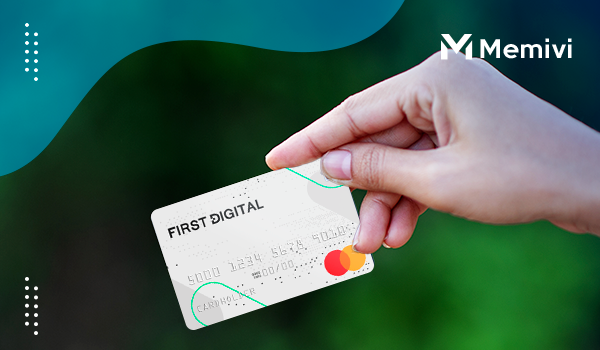
While the First Digital NextGen Mastercard positions itself as a solution for building credit without a security deposit, the high fees and steep APR make it a tricky card to maximize. In this deep-dive guide, you’ll learn how to navigate its structure wisely, avoid costly mistakes, and consider smarter alternatives based on your financial goals.
💡 How to Use the First Digital NextGen Mastercard Effectively
1. Understand the Full Cost Before Applying
Before activation, you must pay a $95 program fee — a non-refundable upfront cost. Know that the annual and monthly fees reduce your usable credit limit, especially during the first year.
2. Use the Card Only for Small, Recurring Charges
To avoid running up interest or risking high utilization, use your card for fixed, predictable expenses (e.g., Netflix, Spotify, a phone bill). This strategy keeps usage low and ensures easy, on-time payments.
3. Always Pay in Full — and Early
With a 35.99% APR, carrying a balance can spiral into unmanageable debt. Paying in full before your due date is the only way to avoid interest. Set up reminders or auto-pay to never miss a cycle.
4. Track Your Credit Reports
The card reports to TransUnion, Experian, and Equifax. Use free tools like Credit Karma or AnnualCreditReport.com to monitor your score and confirm that your payments are being reported accurately.
5. Keep Utilization Below 10%
If your credit limit is $300, aim to use no more than $30 at any given time. This improves your credit utilization ratio — a major factor in score calculation.
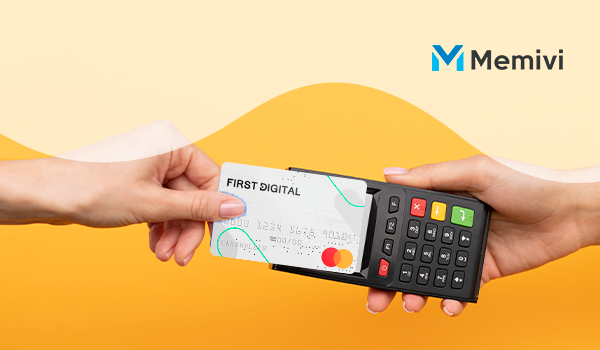
❓ FAQs: What Most Users Overlook
Q1: Is the $95 program fee refundable if I change my mind?
A: No. Once paid, the fee is non-refundable — even if you never activate or use the card.
Q2: Can I get a credit limit increase?
A: In most cases, credit limit increases are rare. This card is not known for flexibility in raising limits, even with good behavior.
Q3: Is the 1% cash back competitive?
A: Not really. The 1% is awarded only after you pay your bill, not on purchase date — and it’s minimal compared to other cards offering real-time cash back.
Q4: Does carrying a small balance help my credit?
A: No. It’s a myth. The best way to boost your score is by paying on time and keeping utilization low — not by revolving a balance.
Q5: Are there hidden charges?
A: There are no hidden fees per se, but the monthly servicing fee of $8.25 kicks in after year one, which many users don’t expect.
Q6: Can I use this card internationally?
A: Yes, but expect additional foreign transaction fees and limited support abroad.
Q7: Does this card graduate to a better product?
A: No. There is no upgrade path to a better card or rewards program.
Q8: What credit score is needed to apply?
A: No minimum score is required. Many users with scores below 600 report approvals.
Q9: How long does it take to receive the card after approval?
A: Typically 7–10 business days after fee payment.
Q10: Will this card help me qualify for other products?
A: Yes — if used correctly. Timely payments can build your score enough to qualify for better cards after 6–12 months.
🔍 Pro Tips to Reduce Cost and Maximize Impact
🧠 Tip #1: Cancel Before the Second Year
The monthly servicing fee of $8.25 ($99/year) starts in year two. Consider canceling before that point if your score has improved and you’ve qualified for a better card.
🧠 Tip #2: Monitor All Charges Closely
Due to the low credit limit, even small authorized charges can trigger over-limit fees. Set spending limits in your banking app to stay safe.
🧠 Tip #3: Use for Credit, Not for Spending
Think of this card not as a spending tool, but as a credit report influencer. Use it strategically to shape your file, not to fund purchases.
🧠 Tip #4: Set up Payment Alerts
Because of the steep APR and multiple fees, even a single missed payment can cost you over $40 in charges. Alerts help prevent this.
💸 How It Stacks Up: Value vs. Cost
| Category | Value Provided | Real Cost |
| Credit Building | Reports monthly to 3 bureaus | Only helps if used very carefully |
| Unsecured Access | No deposit needed | $95 upfront + $75 first year fee |
| Cash Back | 1% after payment | Not competitive compared to others |
| Long-Term Use | No rewards or upgrade path | $99/year from year two onward |
Verdict: While it technically helps build credit, the high cumulative cost makes this a short-term solution at best — not ideal for long-term financial health.
💳 Worthy Alternatives: Build Credit Smarter
| Card Name | Annual Fee | Rewards |
| Discover it Secured | $0 | 2% cash back |
| Self Visa | $25–$48 | None |
| Petal 1 Visa | $0–$59 | Up to 10% at select merchants |
| Chime Credit Builder | $0 | No rewards |
🔁 Tip: Start with a secured or hybrid card like Self or Chime. These offer far more flexibility, transparency, and room to grow.
🔚 Final Recommendation: Is First Digital NextGen Worth It?
If your only priority is to get an unsecured card without a credit check, the First Digital NextGen Mastercard might fill a temporary gap. It does its job — it reports to credit bureaus, it can help your score, and it gives access to revolving credit.
But for most consumers, there are better, cheaper, and more flexible options out there. The fees add up fast, and there’s no path to upgrades, rewards, or a meaningful long-term relationship with the issuer.
🟡 Use it only if:
- You’ve been denied all secured cards
- You need immediate credit reporting
- You can pay everything off in full — and on time
🔴 Avoid it if:
- You carry balances
- You want to earn rewards
- You’re planning long-term use
In short: this card is a crutch, not a cornerstone. Use it if you must — but move on as soon as you can.


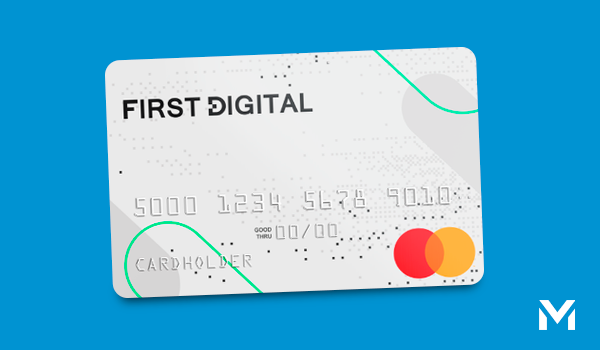
 U.S. Bank Altitude Go Secured Visa Card: Tips, Rewards, FAQs & Upgrade Strategy <p class='sec-title' style='line-height: normal; font-weight: normal;font-size: 16px !important; text-align: left;margin-top: 8px;margin-bottom: 0px !important;'> A secured card that rewards your lifestyle—perfect for building credit with elevated earn rates and no annual fee. </p>
U.S. Bank Altitude Go Secured Visa Card: Tips, Rewards, FAQs & Upgrade Strategy <p class='sec-title' style='line-height: normal; font-weight: normal;font-size: 16px !important; text-align: left;margin-top: 8px;margin-bottom: 0px !important;'> A secured card that rewards your lifestyle—perfect for building credit with elevated earn rates and no annual fee. </p> 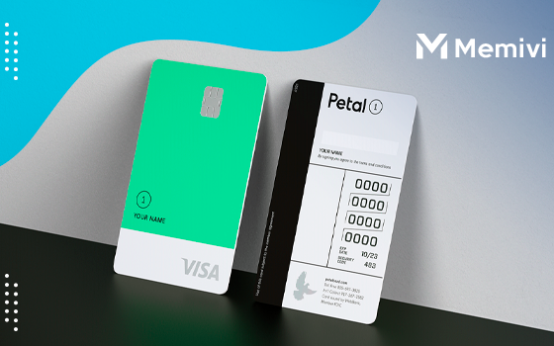 Petal 1 Visa Credit Card: Full Usage Guide, FAQs, and Credit-Building Hacks <p class='sec-title' style='line-height: normal; font-weight: normal;font-size: 16px !important; text-align: left;margin-top: 8px;margin-bottom: 0px !important;'> Smart, affordable, and inclusive—Petal 1 helps you grow your credit score without the fees or confusion. </p>
Petal 1 Visa Credit Card: Full Usage Guide, FAQs, and Credit-Building Hacks <p class='sec-title' style='line-height: normal; font-weight: normal;font-size: 16px !important; text-align: left;margin-top: 8px;margin-bottom: 0px !important;'> Smart, affordable, and inclusive—Petal 1 helps you grow your credit score without the fees or confusion. </p> 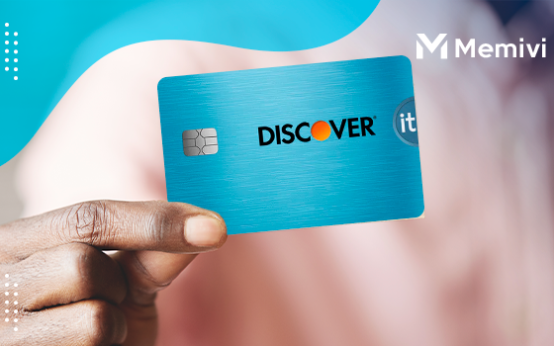 Discover it Cash Back: Redemption Guide, Power Hacks, FAQs & Pro Tips <p class='sec-title' style='line-height: normal; font-weight: normal;font-size: 16px !important; text-align: left;margin-top: 8px;margin-bottom: 0px !important;'> Boost your rewards with 5% rotating categories—plus, all your cash back gets doubled in the first year. </p>
Discover it Cash Back: Redemption Guide, Power Hacks, FAQs & Pro Tips <p class='sec-title' style='line-height: normal; font-weight: normal;font-size: 16px !important; text-align: left;margin-top: 8px;margin-bottom: 0px !important;'> Boost your rewards with 5% rotating categories—plus, all your cash back gets doubled in the first year. </p>